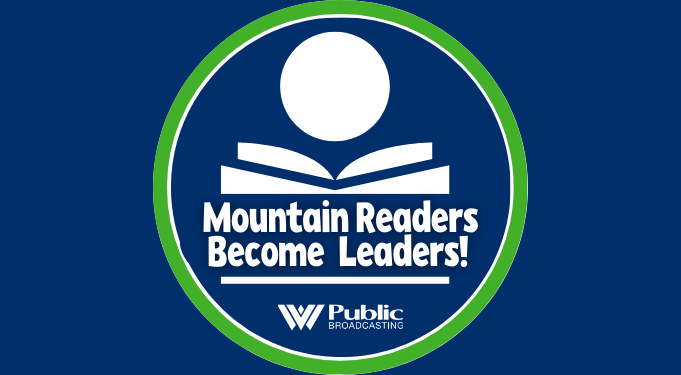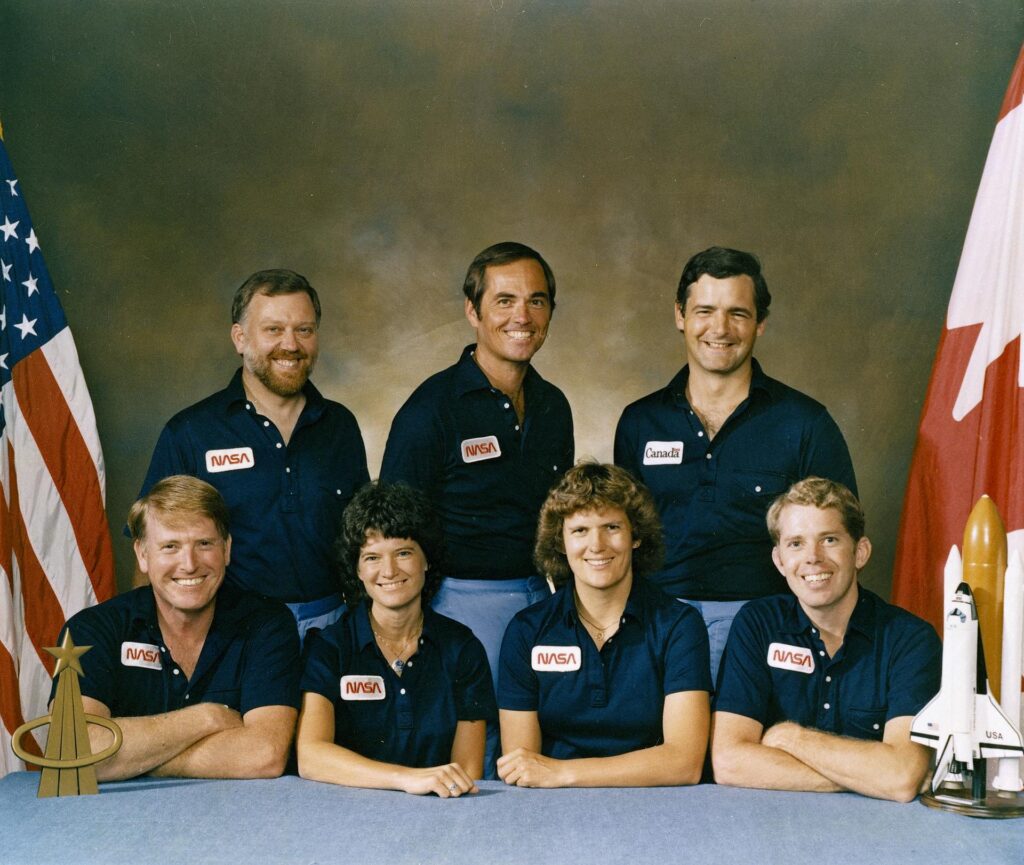NASA astronaut Jon McBride died earlier this month at age 80.
He was the only West Virginian to pilot a shuttle mission, with Challenger in October 1984.
Curtis Tate spoke with Jennifer Levasseur, curator of space history at the National Air and Space Museum, about what McBride brought to space flight and education.
This interview has been edited for length and clarity.
Tate: McBride was supposed to fly another mission in March 1986, but the Challenger disaster put the program on hold. Did that have a deterring effect on recruiting new shuttle astronauts?
Levasseur: It’s a really interesting, the sort of the period in between January of ’86 and February of 2003, especially that early part in the late ’80s, when the program comes back, it is a time when something like that could have really pulled the curtain back and shown potential applicants, “Wow, this is really dangerous. There’s a potential threat to my life.” But I think for the most part that was an assumed part. Having talked to as many astronauts as I’ve talked to, and read as many astronaut biographies and interviews and things like that, oral histories and so on, it does not diminish the appeal of being a part of it. He is not uncommon.
Sally Ride is actually another example of somebody who didn’t fly again after STS-41G. She was on that mission with him, and that was her last space flight. She became part of the (Challenger) review – the Rogers Commission. She played a huge role in that, and she kind of went into a more administrative type role, and then on to other things entirely, in education. There were some who saw it as, “We’ve peeled back some layers here. We’ve seen exactly how NASA is going to manage these problems, the problems on Challenger.” And this is the story to just keep in mind about both Challenger and Columbia. Nothing that happened on any of those wasn’t something that they didn’t already know.
Tate: What made McBride, as well some of the members of his shuttle team, good teachers?
Levasseur: I always like looking at an image of a crew and going, “OK, so what did this person do afterwards?” And you go, “Wow, I’m looking across the front row of their portrait here in space. Kathy (Sullivan) went on to work at the Center of Science and Industry. Sally started Sally Ride Science.” It’s just a very natural fit, I think, in terms of becoming a facilitator for learning about aviation and spaceflight, and that’s what we do here at the museum. It makes these people very identifiable for many of us, as well as finding ways to take what you know about these really difficult, complex things. And flight and space flight are both very complex things that take a lot of training and time.
I’ve hardly met an astronaut to date who hasn’t had some pretty strong skill in communicating. Some are better than others – I think that’s just natural habits. They tend to not be engineers. Those that are engineers tend to still struggle a bit. But the pilots, the scientists, the doctor, medical doctors and things like that, there is this level of communication that’s required in their profession, as a whole, and as an astronaut, certainly, and so being pretty skilled at working in, say, a business setting or in an education setting, kind of comes a little naturally to those people.
Tate: How much was McBride’s upbringing in West Virginia a factor in his selection by NASA?
Levasseur: There are more than a few of these folks who are incredibly humble and spoke often about how fortunate they felt for being selected. That’s almost always the case when you hear an interview with a new astronaut or a new group of selected astronauts, just how honored they are to be a part of it. You’re becoming part of a really elite and select group of individuals.
And I think in this case, because the shuttle was brand new when they were selected – it was still years away from flying – they were coming into this sort of legendary group. These are their childhood heroes. Being born in ’43 I mean, he would have been a teenager when the original Mercury Seven were selected. So these are going to be some of his inspirations and heroes. Especially in this early part of the shuttle program, NASA does really encourage, and it continues to this day, their retired astronaut corps to come in and prep the new astronauts.
Tate: What sets the original group of shuttle astronauts apart, including McBride, from others?
Levasseur: I think there’s still something to be said for people like Jon McBride, people that were part of the 1978 class, especially having had Vietnam War combat experience. I think he knew what he was getting himself into, and the willingness to take the risk anyway, the willingness to look at a vehicle like the space shuttle. We always say it’s a vehicle of compromises, because there’s a reason that it looks the way it does. Nobody was ever really very satisfied with the final design, but as a pilot especially, he clearly was willing to put aside many, many, many concerns and still fly on it. And that’s something we can look to as sort of a part of the bigger story of people exploring space. We were built to be on Earth, so the willingness to take that risk and ride on top of a controlled explosion into space and be the person at the controls. I think that’s the tribute to him and to other space shuttle pilots of pretty much the entire space shuttle era, but especially in that early period.























